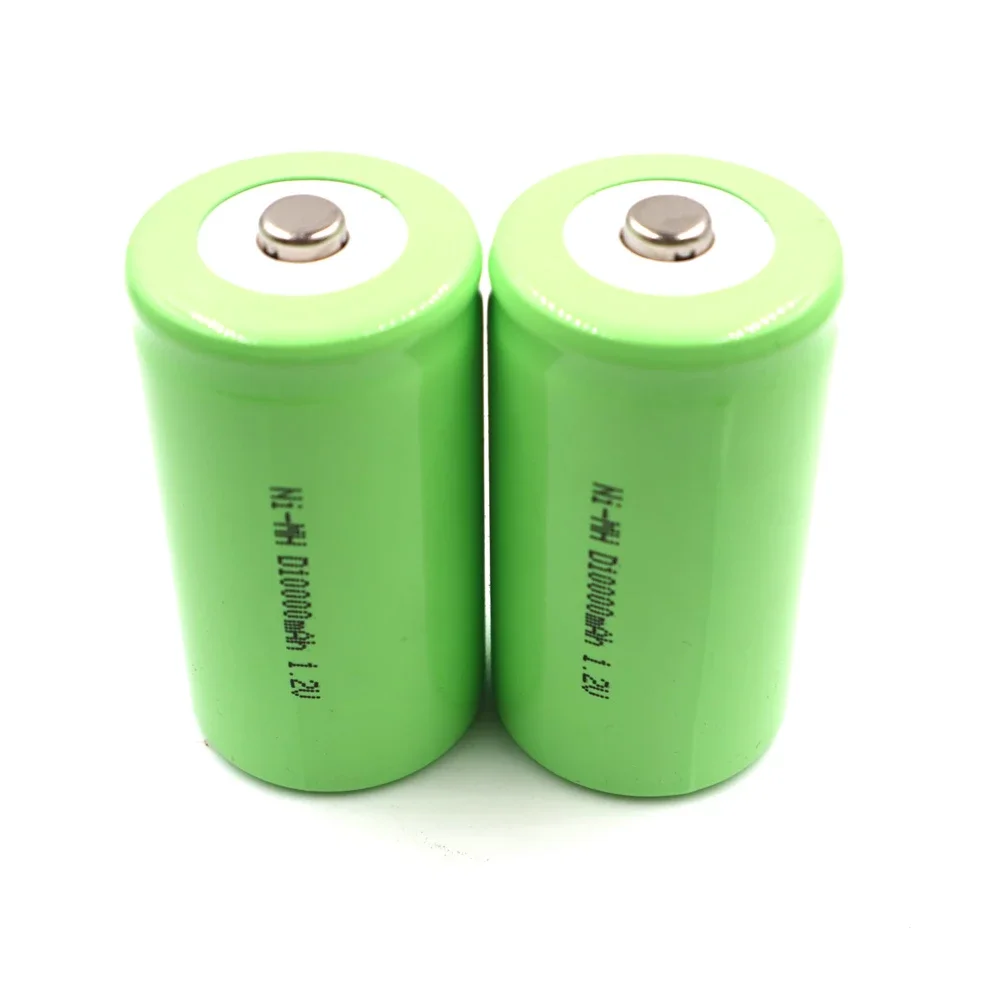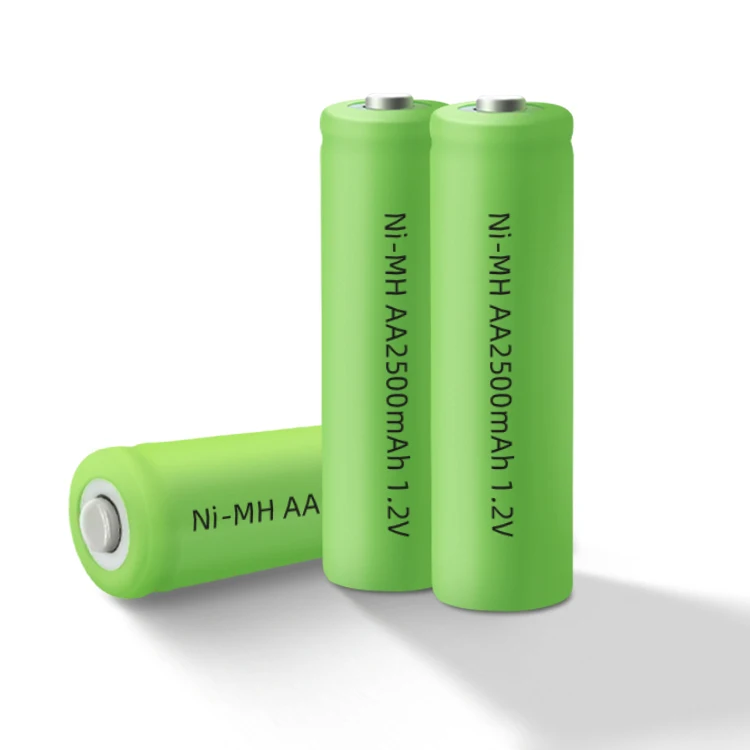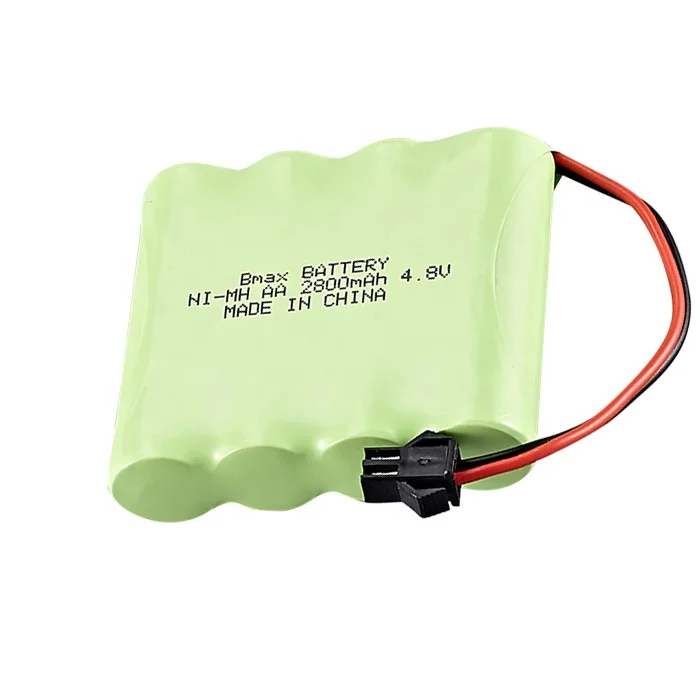Introduction:
In today’s world of portable electronics, hybrid vehicles, and renewable energy systems, nickel-metal hydride (NiMH) batteries have become a ubiquitous power source. These rechargeable batteries offer a balance of performance, reliability, and affordability, making them a popular choice for a wide range of applications. However, one question that often arises is: How many years will a NiMH battery last? In this comprehensive guide, we delve into the factors influencing the lifespan of NiMH batteries, set realistic expectations, and explore maintenance practices to maximize their longevity.
Understanding NiMH Battery Technology:
Before exploring the lifespan of NiMH batteries, it’s essential to understand their basic structure and chemistry. NiMH batteries consist of a positive electrode (nickel oxyhydroxide), a negative electrode (metal hydride), and an alkaline electrolyte (potassium hydroxide). During charging, nickel hydroxide is oxidized at the positive electrode, while hydrogen ions and electrons are absorbed at the negative electrode, forming a metal hydride.
NiMH batteries offer several advantages over other rechargeable battery chemistries, including higher energy density than nickel-cadmium (NiCd) batteries, improved environmental friendliness, and reduced risk of memory effect. They are commonly used in applications such as consumer electronics, power tools, hybrid vehicles, and renewable energy storage systems.
Factors Influencing the Lifespan of NiMH Batteries:
Several factors influence the lifespan of NiMH batteries, including usage patterns, charging practices, storage conditions, and environmental factors. Let’s explore each of these factors in detail:
- Usage Patterns: The frequency and depth of discharge cycles significantly impact the lifespan of NiMH batteries. Repeated deep discharges and rapid charge-discharge cycles can accelerate battery degradation, leading to reduced capacity and shorter lifespan. Conversely, shallow discharges and slower charge-discharge rates can help prolong battery life by minimizing stress on the electrodes and electrolyte.
- Charging Practices: Proper charging practices are crucial for maximizing the lifespan of NiMH batteries. Overcharging, undercharging, and charging at excessive currents can all contribute to battery degradation and reduced longevity. Using a compatible charger with the correct charging voltage and current settings, avoiding overcharging or undercharging, and following manufacturer recommendations can help preserve the health of NiMH batteries.
- Storage Conditions: The storage conditions of NiMH batteries when not in use play a significant role in determining their lifespan. Storing batteries at high temperatures, high humidity levels, or in a fully charged or fully discharged state can accelerate degradation and reduce longevity. It’s important to store NiMH batteries in a cool, dry environment at partial charge (around 40-50% state of charge) to minimize stress on the electrodes and electrolyte.
- Environmental Factors: Environmental factors such as temperature, humidity, and exposure to contaminants can affect the performance and lifespan of NiMH batteries. High temperatures accelerate chemical reactions within the battery, leading to increased self-discharge and degradation. Similarly, exposure to moisture, dust, or corrosive substances can compromise battery integrity and performance over time.
Realistic Expectations for NiMH Battery Lifespan:
While NiMH batteries offer several advantages, it’s important to set realistic expectations for their lifespan based on usage patterns and environmental factors. The lifespan of NiMH batteries can vary widely depending on these factors, but typical estimates range from 500 to 2000 charge-discharge cycles or 2 to 7 years of service life.
For example, NiMH batteries used in low-drain applications with infrequent charging and moderate operating temperatures may last closer to the upper end of the lifespan range. Conversely, NiMH batteries subjected to high-drain conditions, frequent charging, and harsh environmental conditions may experience shorter lifespans.
Maximizing the Lifespan of NiMH Batteries:
While the lifespan of NiMH batteries is influenced by various factors, there are several maintenance practices that can help maximize their longevity:
- Use Proper Charging Equipment: Use a compatible charger specifically designed for NiMH batteries and follow manufacturer recommendations for charging voltage and current settings. Avoid using chargers intended for other battery chemistries, as they may not provide optimal charging conditions for NiMH batteries.
- Avoid Overcharging and Undercharging: Monitor charging cycles closely and avoid overcharging or undercharging NiMH batteries, as this can lead to degradation and reduced lifespan. Use chargers with automatic shutoff or trickle charge functions to prevent overcharging once the battery reaches full capacity.
- Manage Discharge Cycles: Avoid deep discharges whenever possible and aim to keep NiMH batteries within the recommended state of charge range (typically 40-80% SOC) to minimize stress on the electrodes and electrolyte. Shallow discharges and moderate charge-discharge rates can help prolong battery life and maintain performance.
- Monitor Temperature and Humidity: Store NiMH batteries in a cool, dry environment away from direct sunlight and extreme temperatures. Avoid exposing batteries to high humidity levels or rapid temperature fluctuations, as these conditions can accelerate degradation and reduce lifespan.
- Perform Regular Maintenance: Periodically inspect NiMH batteries for signs of physical damage, leakage, or corrosion, and replace any damaged or defective batteries promptly. Clean battery contacts and terminals with a soft, dry cloth to ensure good electrical connections and prevent voltage drop.
Conclusion:
In conclusion, the lifespan of NiMH batteries is influenced by various factors, including usage patterns, charging practices, storage conditions, and environmental factors. While NiMH batteries offer a balance of performance, reliability, and affordability, it’s important to set realistic expectations for their lifespan based on these factors.
By following proper maintenance practices, such as using compatible charging equipment, avoiding overcharging and undercharging, managing discharge cycles, monitoring temperature and humidity, and performing regular maintenance, it’s possible to maximize the lifespan of NiMH batteries and ensure reliable performance over time. With careful attention to usage and maintenance, NiMH batteries can provide years of dependable service in a wide range of applications, from consumer electronics to renewable energy systems.


